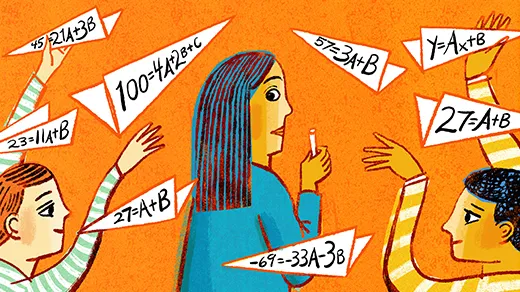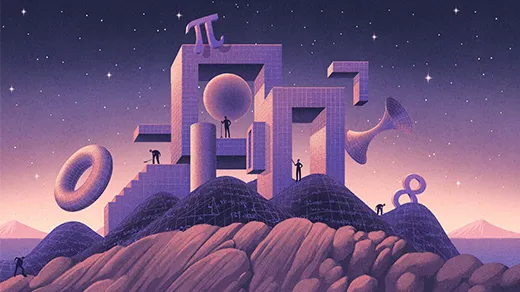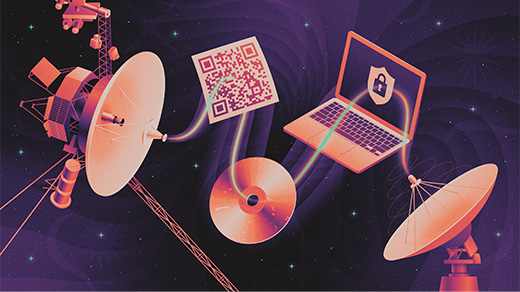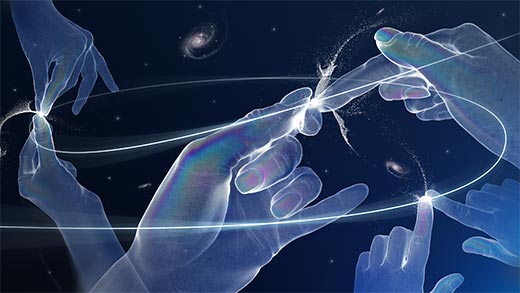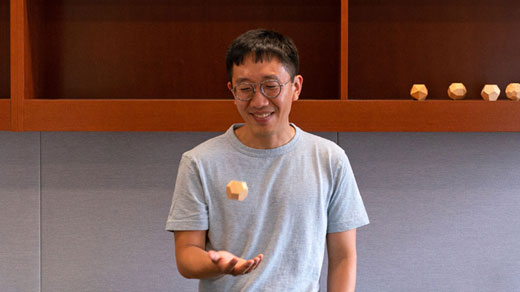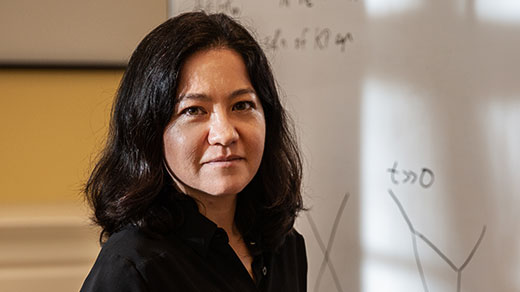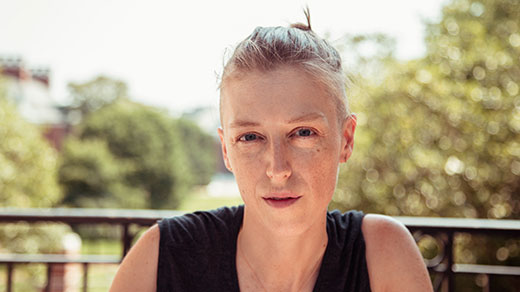What's up in
Algebraic geometry
Latest Articles
The Basic Algebra Behind Secret Codes and Space Communication
Whether you’re passing secret notes in class or downloading images from a space probe, Reed-Solomon codes offer an ingenious way to embed information and correct for errors.
The Year in Math
Four Fields Medals were awarded for major breakthroughs in geometry, combinatorics, statistical physics and number theory, even as mathematicians continued to wrestle with how computers are changing the discipline.
A Mathematician Dancing Between Algebra and Geometry
Wei Ho, the first director of the Women and Mathematics program at the Institute for Advanced Study, combines algebra and geometry in her work on an ancient class of curves.
How Mathematical Curves Enable Advanced Communication
A simple geometric idea has been used to power advances in information theory, cryptography and even blockchain technology.
Old Problem About Mathematical Curves Falls to Young Couple
Eric Larson and Isabel Vogt have solved the interpolation problem — a centuries-old question about some of the most basic objects in geometry. Some credit goes to the chalkboard in their living room.
He Dropped Out to Become a Poet. Now He’s Won a Fields Medal.
June Huh wasn’t interested in mathematics until a chance encounter during his sixth year of college. Now his profound insights connecting combinatorics and geometry have led to math’s highest honor.
New Shape Opens ‘Wormhole’ Between Numbers and Geometry
Laurent Fargues and Peter Scholze have found a new, more powerful way of connecting number theory and geometry as part of the sweeping Langlands program.
A Mathematician’s Unanticipated Journey Through the Physical World
Lauren Williams has charted an adventurous mathematical career out of the pieces of a fundamental object called the positive Grassmannian.
Conducting the Mathematical Orchestra From the Middle
Emily Riehl is rewriting the foundations of higher category theory while also working to make mathematics more inclusive.
